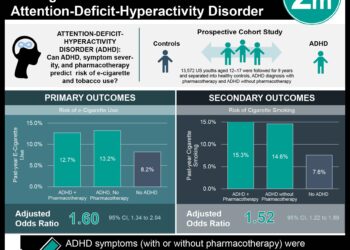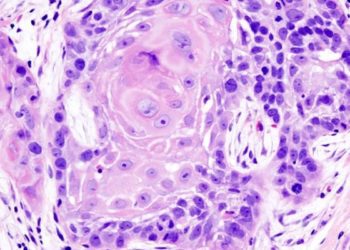AAP opposes youth exposure to electronic nicotine delivery systems
1. The American Academy of Pediatrics (AAP) states that exposure to electronic nicotine delivery systems (ENDS) such as electronic cigarettes (e-cigarettes) are dangerous to youth, including involuntary second or third-hand aerosol exposure.
2. Pediatricians should counsel against the use of and exposure to these products, and provide adequate resources for quitting to their patients who do use ENDS.
Rundown: Since their entry to the U.S. market in 2007, ENDS have become ubiquitous in convenience stores, “vape” shops, mall kiosks, and the like. The candy-flavored liquids and unregulated advertisements appeal to adolescents. E-cigarettes are now the most commonly used tobacco product among high school and middle school students. Ever use among high school students in 2014 increased 890% from 2011. E-cigarettes have also been associated with capturing a population that would not have otherwise used tobacco products. Without question, nicotine has lasting effects on the developing brain. Due to lack of FDA regulation, ENDS cartridges filled with nicotine containing liquids vary widely in potency and concentration,. Nicotine notwithstanding, the aerosol inhaled by users contains additional carcinogens and chemical irritants. As such, the AAP has released recommendations for pediatricians and public policy makers regarding ENDS. Pediatricians should screen for ENDS use, provide counseling and education about the harms of ENDS use, and include advice for preventing accidental exposure of young children and acute nicotine poisoning. ENDS-using parents and patients should be offered resources on tobacco cessation counseling and pharmacotherapy, as appropriate. Public policy should focus on treating ENDS products similarly to conventional cigarettes; that is, sales to and use of ENDS should be restricted to those over 21, youth-targeted advertisements should be eliminated, and flavored ENDS should be banned. ENDS use should be banned in public spaces to reduce exposure, and cartridges should be made child proof to avoid nicotine toxicity. Finally, ENDS should be taxed in the same way as cigarettes, and the revenue should be used for public health initiatives aimed at protecting youth.
Click to read the policy statement, published today in Pediatrics
Relevant Reading: Risk factors for exclusive e-cigarette use and dual e-cigarette use and Tobacco use in adolescents
Image: PD
©2015 2 Minute Medicine, Inc. All rights reserved. No works may be reproduced without expressed written consent from 2 Minute Medicine, Inc. Inquire about licensing here. No article should be construed as medical advice and is not intended as such by the authors or by 2 Minute Medicine, Inc.






